- Passive. The cabinet is ventilated, but there is no airflow being directed through the cabinet.
- Active. Filtered air is circulated throughout the cabinet, but not through the endoscope channels.
- Forced-air systems. The cabinet comes with a built-in forced-air system or offers the option to fit a forced-air system that delivers pressure-regulated filtered air through attachments that hook up directly to each scope’s channels, which may lower the risk of incomplete drying and proliferation of organisms.
There remains a relative lack of high-level, evidence-based data that compares these three types of systems with endoscope contamination. Generally, all three remain effective options for storage based on available guidelines, but endoscopes always should be stored per their manufacturer’s instructions.
However, it should be noted that based on the most recent AAMI ST91 update in 2021, all endoscopes should be dried with forced filtered air for 10 minutes before going into storage. That means scopes should be precleaned, manually cleaned and placed in an automated endoscope processor (AER), where they undergo high-level disinfection. That is typically followed with an alcohol flush, and then a short purge of air. The AAMI ST91 update now recommends an additional, separate drying process lasting 10 minutes involving forced-filtered air being pushed through all endoscope channels. Typically, that step will occur in the reprocessing area near the AER.
If drying is executed properly, the interior channels of the scope should be dry and ready to be placed in storage, which should be physically separate from the reprocessing area and all procedure rooms.
Theoretically, that means forced-air drying systems within the cabinet to dry the scopes are somewhat redundant, because that already should have been achieved with forced-air drying per updated recommendations. It remains unclear whether forced-air ventilation provides additional yield in this setting, but it may provide an added layer of reassurance that scopes will continue to dry if they were not completely dried before being stored or remain dry if drying was already achieved.
Beyond this important consideration of the drying capabilities of the cabinet, the cabinet’s size and capacity are also factors to consider. Endoscopy units vary in terms of physical space and procedural volume, as do the sizes of their endoscope fleets. After determining the type of storage system you want, examine the spatial footprint of the cabinet and make sure you have the space needed to accommodate it in a dedicated area. Additionally, see if the number of scopes the cabinet can safely store in the proper fashion — meaning that, at full capacity, no scopes touch each other, which could lead to cross-contamination — syncs well with your fleet size and workflow.
There are some additional features available with some cabinets that might be of interest to your facility.
- “Smart” capabilities. Some cabinets electronically log how long a scope has been hanging and inform staff that it needs to be reprocessed because its “shelf life” expired. Some will track the locations of each endoscope using RFID tags. Cabinets with forced-air drying systems might offer automated drying times that activate at the touch of a button and stop after a predetermined length of time, relieving busy staff from the need to manually shut off a specific scope’s drying system at the correct time.
- Security. If the cabinet is not housed in a locked location, added security features are a must. Cabinets variously offer a simple lock and key up to electronic security systems that only provide access to authorized personnel. Some cabinets can log the staff members who have accessed scopes. Keep in mind, however, that your cabinet’s security system should provide authorized users with relatively easy access to the scopes inside, considering those providers will probably be storing and retrieving scopes several times a day.
- Adapters. If you’re considering a forced-air cabinet system, make sure the adapters that connect the drying system to internal channels are compatible with your specific endoscopes.
As you can imagine, there is quite a bit of variability on several levels among the endoscope storage cabinets available on the market, and as you add more advanced capabilities, the cost will rise. Each endoscopy unit will need to weigh the available options carefully and ultimately determine which system best fits their needs, allowing for safe and efficient patient care. OSM
.svg?sfvrsn=be606e78_3)

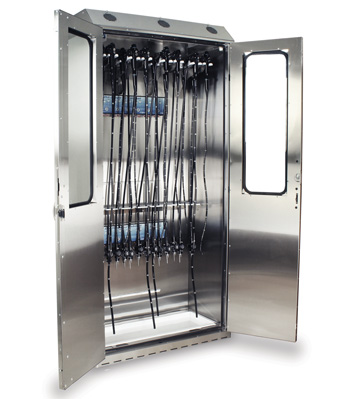
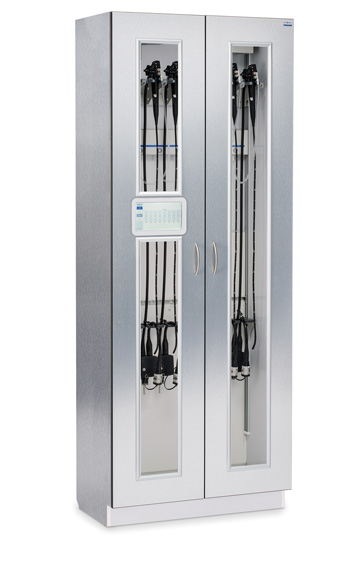
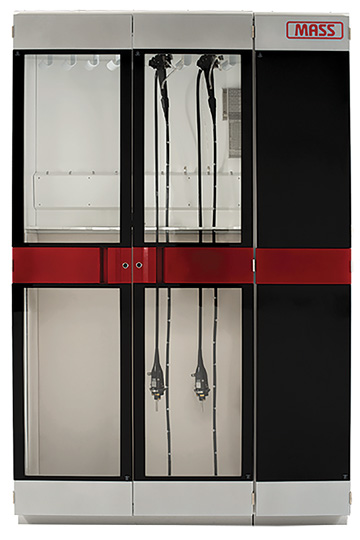
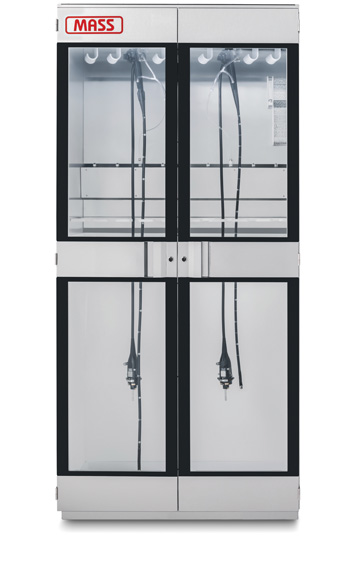
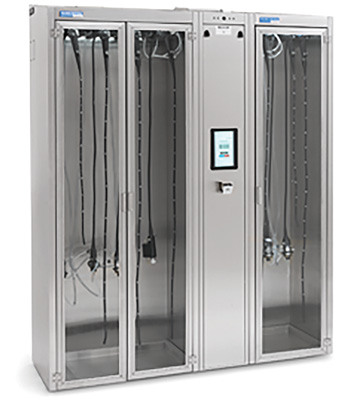

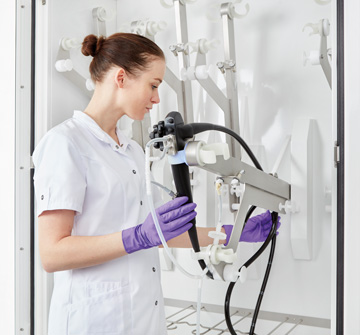
.svg?sfvrsn=56b2f850_5)